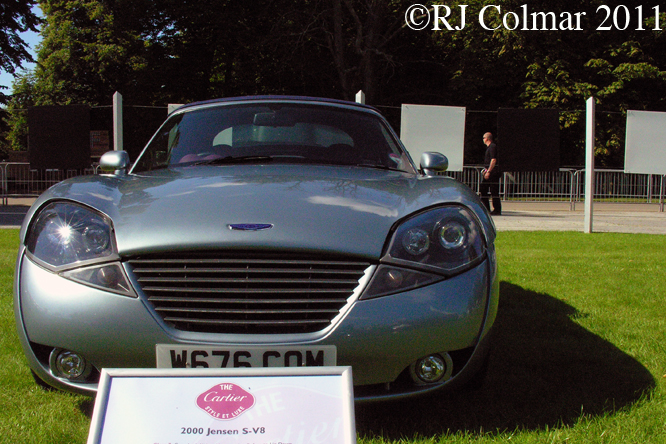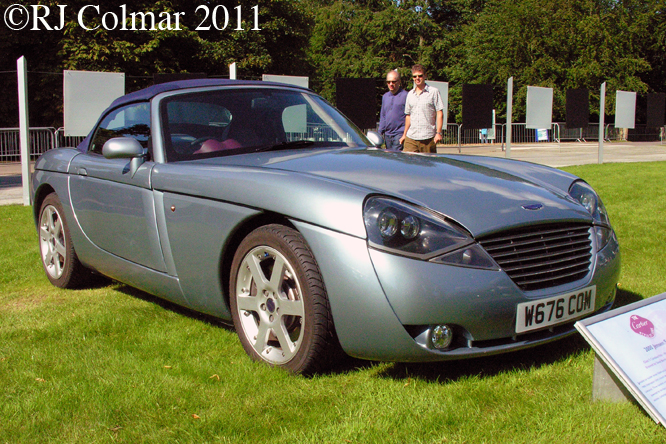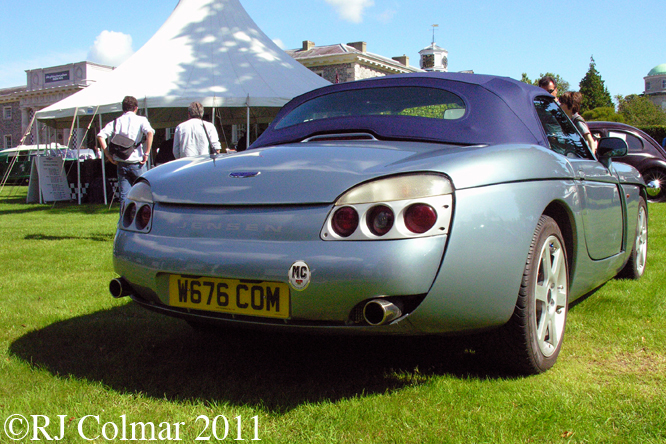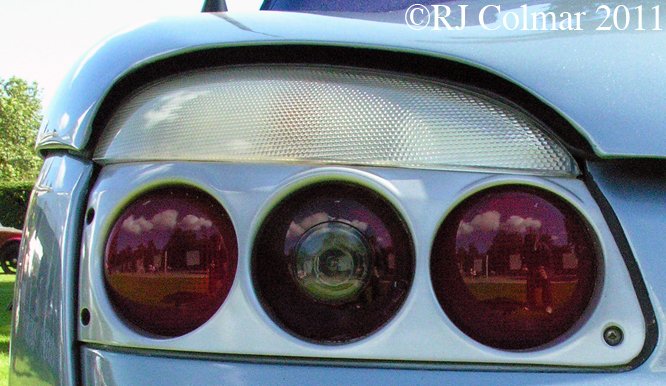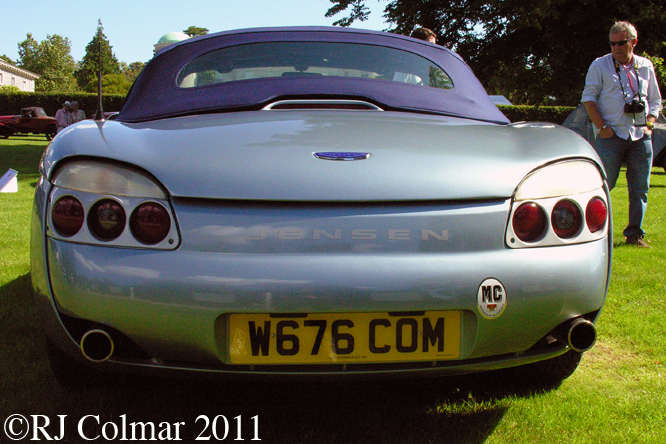Morris Mini Cooper S’s with their 76 hp 1,275 cc / 77.8 cui A series engines were a huge hit on the competition scene, at all levels of rallying and racing, and quite popular among boy racers in the swinging sixties.
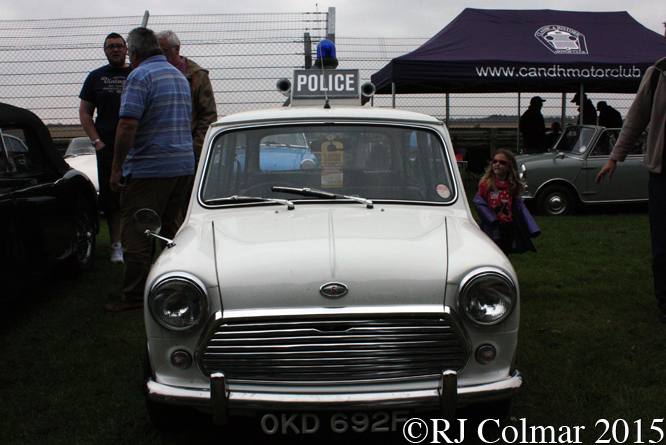
Less well remembered is that at least Birmingham City, Essex, Gateshead, Hampshire, Manchester, Liverpool, London Metropolitan, Pembroke County, West Yorkshire and Royal Ulster Constabularies were similarly equipped to strike fear into the boy racers and more seriously minded criminal fraternity.
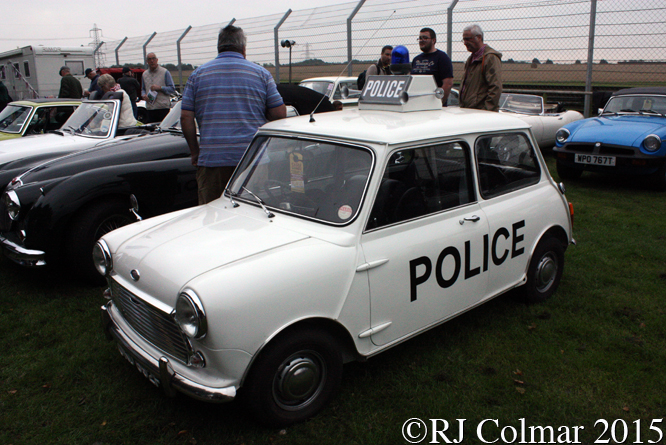
Today’s featured fridge white Morris Mini Cooper S Mk II, seen at this years Castle Combe Autumn Classic meeting, was supplied to the Liverpool and Bootle Constabulary, after being registered on the 21st March 1968 by W Watson Ltd, Liverpool and Bootle bought 27 Mini’s each year between 1967 and 1971 keeping them for two years.
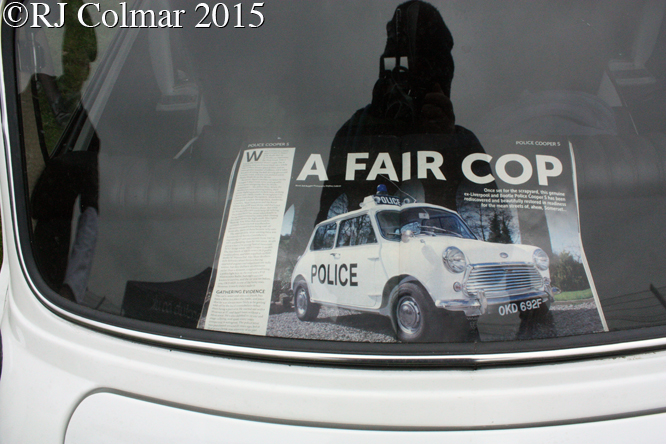
Aside from the Police sign, blue light and two tone horns this car was equipped with a Pye Westminster Police 2 way Radio, zipped in headlining and an alternator replaced the dynamo to give a more reliable electrical supply.
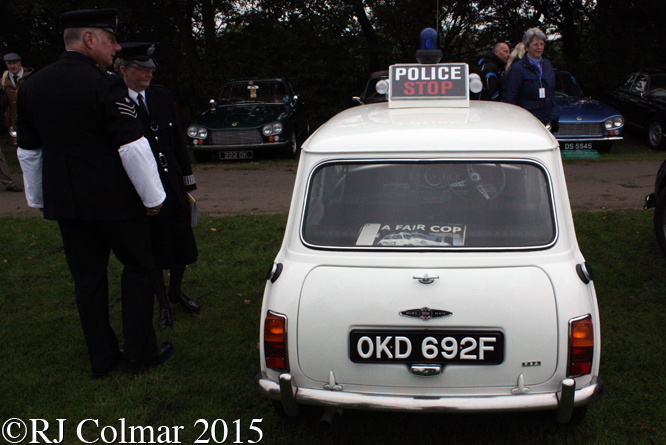
The current owner, who confesses he was more likely to be chased by one of these in his youth when he owned a Mini Van, was unaware of this Coopers past when he bought it 25 years ago, it transpires that only eight Police Mini’s are known to have survived making them even rarer than the “Works” competition Mini’s.
Thanks for joining me on this “Rapid Panda” edition of “Gettin’ a li’l psycho on tyres” I hope you will join me again tomorrow when I’ll be exploring the concept of “Electric Love”. Don’t forget to come back now !


